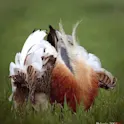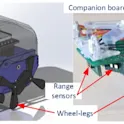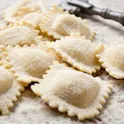
Featured news
24 Nov 2022
How you help a child go to sleep is related to their behavioral development, finds new study
By Suzanna Burgelman, Frontiers science writer Image: yamasan0708/Shutterstock.com A group of international researchers examined parental methods to help toddlers sleep across 14 cultures and found that these methods are related to the development of a child’s temperament. The researchers suggested focusing on better sleep-related parenting practices to support positive behavioral development across cultures. The importance of good sleep during childhood development has been extensively researched. Bad sleep quality and behaviors are detrimental to neurobehavioral functioning, emotional reactivity and regulation, and can pose a risk for future psychopathology. “Parental sleeping techniques are correlated with children’s sleep quality, and the importance of cultural context in child development has been long recognized,” said corresponding author Ms Christie Pham, of Washington State University. “We wanted to examine whether cross-cultural differences in parental sleep-supporting strategies account for differences in toddler temperament.” In a study published in Frontiers in Psychology, Pham and her colleagues studied the effect of different parental sleep-supporting techniques on child temperament across 14 cultures. They hypothesized that passive ways of helping a child fall asleep (eg, cuddling, singing, and reading), but not active methods (eg, walking, car rides, and playing), would be positively related to a child’s temperament. ► Read original article► Download original […]













